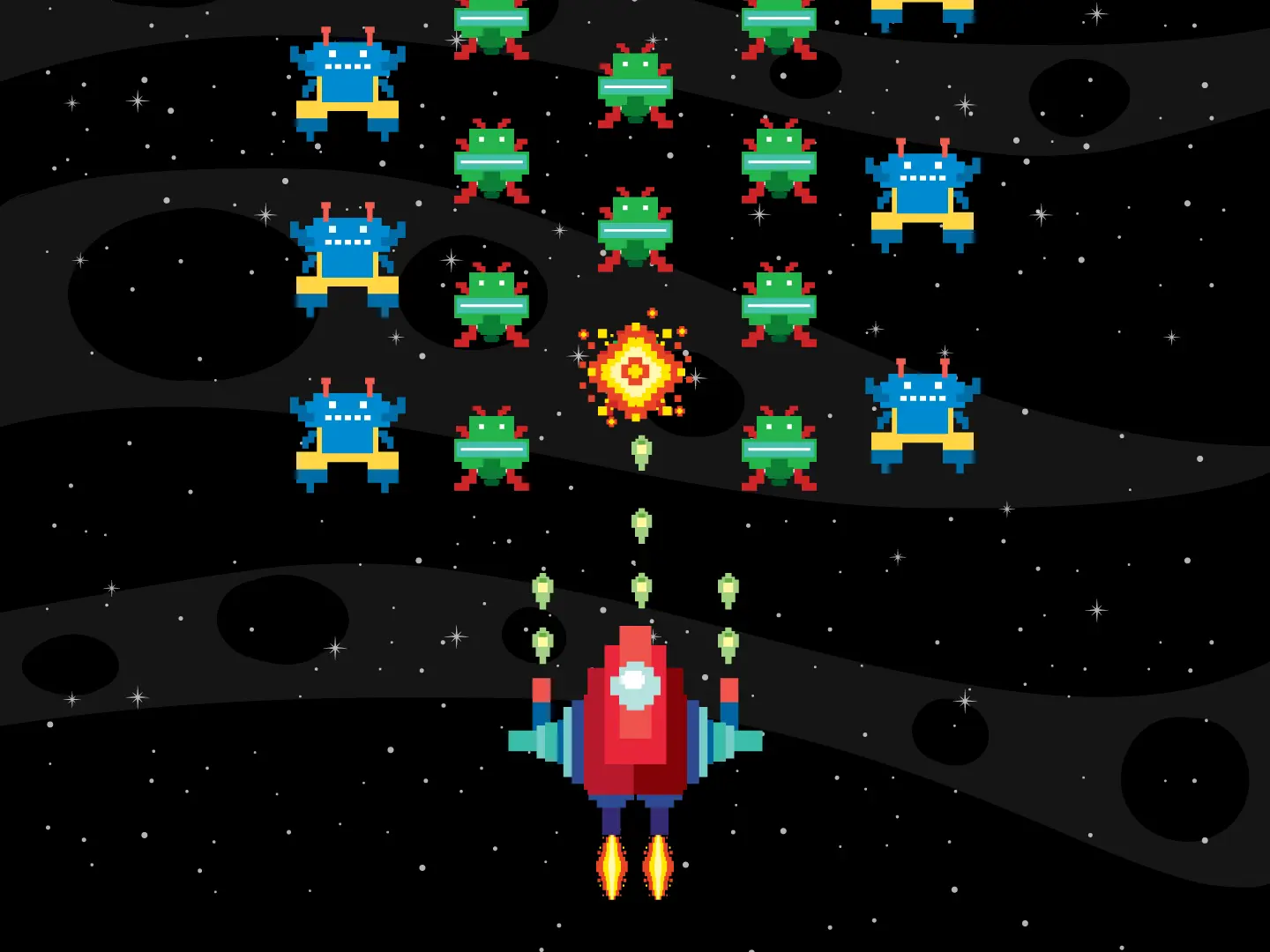Machine Learning is an ever-changing field within the Artificial Intelligence (AI) world that has become increasingly important in many industries, from self-driving cars to medical diagnostics. Undoubtedly, ML has been revolutionizing how we interact with technology and our environment. I'm sure you didn't know that even half of enterprises use Machine Learning nowadays to boost their businesses. This blog post will explore the Machine Learning subfields and discuss their relevance and applications today. Grab your blue filter glasses and read on!
What is Machine Learning?
What do you mean what is .ml? Yeah, I know! We have talked several times about what Machine Learning is… Yet a little updated data never hurt anyone! Machine Learning is an Artificial Intelligence subset that allows computers to learn through ongoing human intervention. It focuses on developing computer programs that can teach themselves to grow and change when exposed to new data. A particular and pivoting example is Generative Adversarial Networks, which learn by competing to generate whole new assets.
Types of Machine Learning
Machine Learning has three main categories: Supervised, Unsupervised, and Reinforcement Learning. You shouldn't confuse them with Machine Learning subfields which we'll discuss later. But first, let's check the main types of Machine Learning!
1. Supervised Machine Learning. Supervised Learning uses labeled data to train an algorithm to predict unknown data accurately. It involves inputting data associated with output labels and then training the algorithm on this data to recognize complex patterns in it.
2. Unsupervised Machine Learning. Unsupervised Learning focuses on finding patterns and structures in data without relying on labeled data. It's an approach to discovering hidden connections and valuable insights from large datasets.
3. Reinforcement Machine Learning. Reinforcement Learning uses decision-making algorithms to learn from repeated interactions with an environment. It's an area that focuses on agent development that can interact to take action to achieve specific goals. But hold on, the practical applications of the subfields can go beyond what I just mentioned; look after concepts like Deep Reinforcement Learning.
Top 3 Machine Learning Subfields
Deep Learning (DL)
Deep Learning is a subset of Machine Learning that uses a deep neural network to solve complex problems and create predictive models. People tend to confuse it with Machine Learning, yet there are some key differences between ML and DL. First, DL doesn't require structured data or human intervention to identify mistakes. Nonetheless, it also requires significant computer power, and it takes weeks to build a Deep Learning Model. Lastly, DL forecasts, predicts, and other simple applications, which allows more complex applications like autonomous vehicles.
A code example for Deep Learning could be a Convolutional Neural Network (CNN). This network comprises convolutional layers that filter data from input images. It has non-linear activation functions like ReLU that introduce non-linearity into the model, pooling layers that reduce the dimensions of the data, and fully connected layers for classifying the image. The following code shows an example of a CNN written in Python using Keras.
Natural Language Processing (NPL)
Natural Language Processing focuses on computer processing, understanding, and interpreting human-written text's meaning. This field has grown significantly in recent years, mainly due to the increasing availability of large datasets and the development of more powerful Machine Learning algorithms. NLP utilizes algorithms and statistical methods to map human communication into a structured form that computers can process.
NLP technologies have various applications, such as sentiment analysis, speech synthesis, language translation, and part-of-speech tagging. By leveraging the power of AI and Machine Learning, these applications can automate many tasks that would otherwise be too time-consuming or challenging for humans to complete. With the help of NLP, businesses have developed more efficient systems for extracting valuable information from large amounts of textual data.
Neural Networks (NN)
Neural Networks aim to work like a human brain does to process inputs and outputs through interconnected layers known as neurons. They aim to learn from data and create accurate models for predictive tasks. Further, at the most basic level, Neural Networks consist of input, hidden, and output layers.
The input layer receives data from the outside environment and passes it to the hidden layer. The hidden layer processes the information using mathematical functions and weights, determining how much each variable will affect the output. The output layer then produces a result based on what they have learned.
The Future of Machine Learning Subfields
The Machine Learning subfields' future is incredibly promising. Deep learning may revolutionize sectors with its capability to simulate human intelligence processing patterns. Meanwhile, advancements in natural language processing could lead to more seamless interactions between humans and machines, improving productivity and user experience across countless applications. However, these optimistic projections come with a note of caution. Careful regulation is needed to ensure ethical considerations keep pace with technology and prevent misuse. It's also essential to consider the risk of cyber-attacks, since these have become increasingly frequent and sophisticated in recent years, disrupting businesses and organizations worldwide.
Conclusion
Machine Learning is an evergreen AI field with many applications nowadays. Whether you're looking to use it for predictive analytics or natural language processing, there is certainly something within the world of Machine Learning that could help your business reach its goals.













